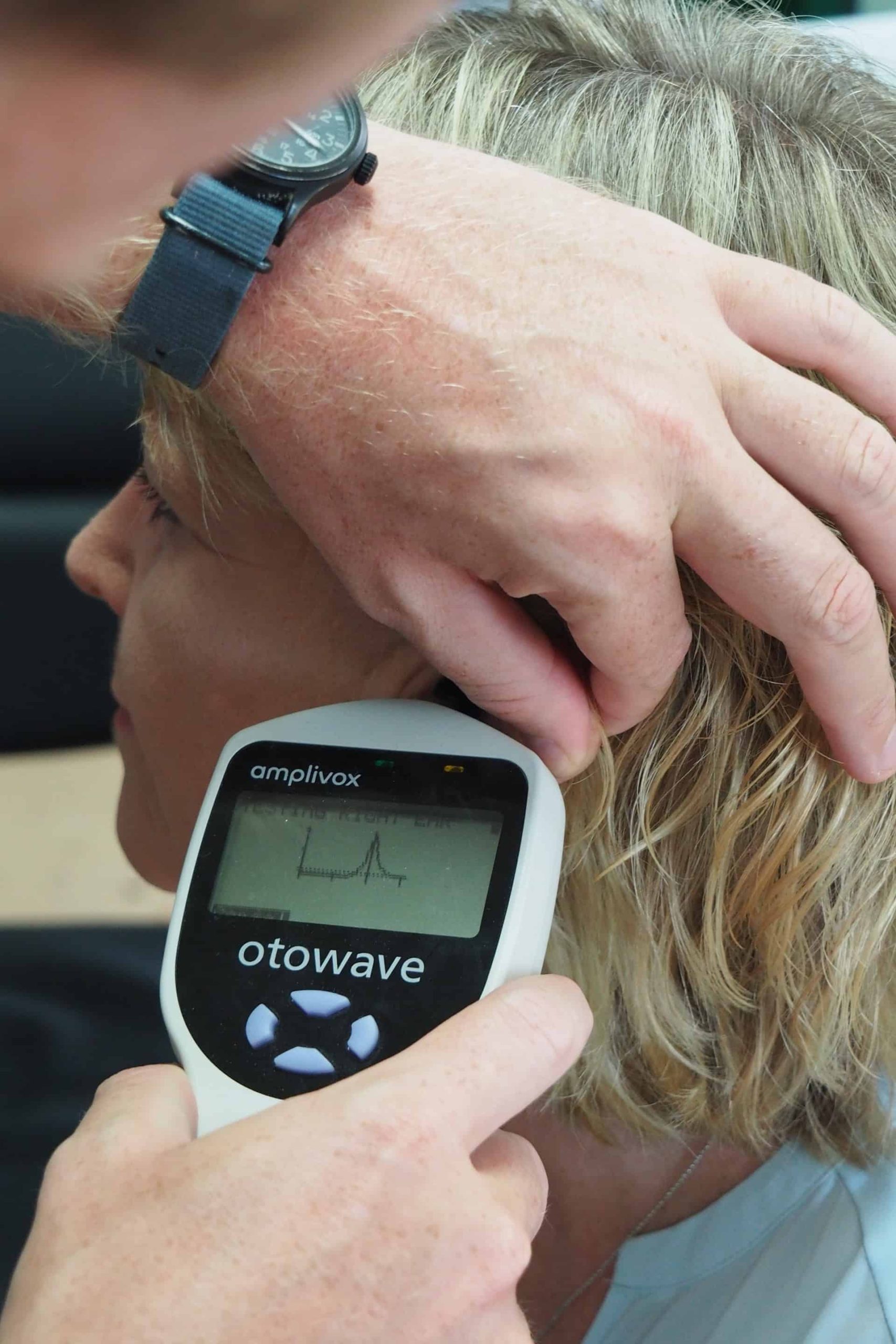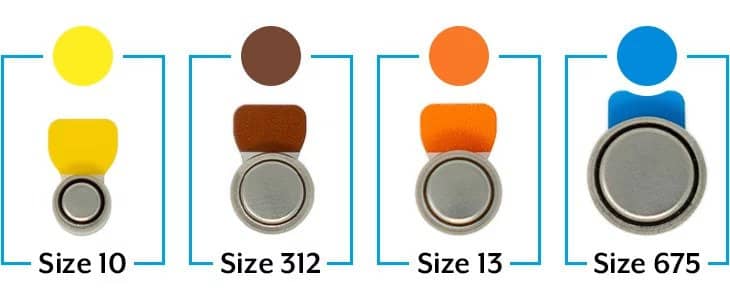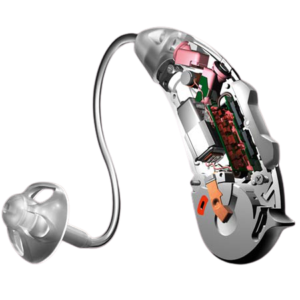Services
Audiology and Hearing Aid Services
Diagnostic Hearing Evaluations | Hearing Tests
During your examination you will be seated in a large soundproof room and will be tested using a series of low & high frequency words to determine your ability to understand verbiage within a conversation. We will also give you several words to repeat. Using a variety of clinical tools, the results will help us determine your percentage of hearing loss, your ability to understand speech and how hearing aids will improve your ability to hear. Should a hearing loss be present, proper follow-up will be recommended. Hearing tests typically take about 30 minutes.

Battery Sales
We carry every size hearing aid battery on the market.

Earmolds
An earmold is a device worn inserted into the ear for sound conduction to improve sound transmission to the eardrums or ear protection from excessive or loud noise or water. Earmolds help with user comfort and efficiency of hearing aids. At Accurate Hearing Aid Centers we provide earmolds for various uses including hearing aids for swimmers, musicians and pilots.
Hearing Aid Dispensing & Fitting
At the hearing aid fitting, your hearing aids will be programmed based on a prescription that is specific to your hearing loss. We may make adjustments after you try the hearing aids to make sure the settings and fit are ideal for you. Hearing Aids have changed considerably in the last few years due to consumer demands.
Many hearing aids are so tiny that others will never recognize you are wearing one. The experience of wearing hearing aids has also improved greatly through better technology and research. There are many different kinds of hearing aids that Accurate Hearing Aid Center provides and we have the experience to find the right one for your hearing needs.
Hearing Aid Repair
We repair all manufacturer make and mode
We Carry All Types of Hearing Aids
What to consider before buying a hearing aid:
Hearing test
Before getting your hearing aid, the first thing you need is a thorough hearing test and evaluation. We will explain the differences between hearing aid styles and recommend which type might fit your lifestyle best. Hearing tests are easy and painless.
Trial period
Hearing aids come with a risk-free trial of 45 days.
Types of batteries
Hearing aids these days are powered by either one of two types of batteries: Disposable, removable “button” batteries or rechargeable batteries.
- Disposable hearing aid batteries are removable and require you to put fresh batteries in every few days to weeks, depending on your hearing aid.
- Rechargeable means they can be docked on a charger at night. You may hear this style referred to as “rechargeable hearing aids” or “hearing aids with rechargeable batteries”—these are the same thing.
As the technology improves, hearing aids with rechargeable batteries are quickly becoming the more popular option for many people. However, some people may prefer hearing aids with disposable batteries, depending on their circumstances.
Smartphone capabilities
Most modern hearing aids can wirelessly connect with your smartphone devices so you can stream calls and audio from your phone to your hearing aids. They also connect to hearing aid apps allowing you to adjust your sound settings discreetly.

Online Hearing Test
Our quick test can help you decide if hearing aids are right for you.
FAQ
Global Questions
If you didn’t find what you’re looking for, contact us or click on the button below to read all the FAQs
First, you need to figure out if hearing loss is affecting your daily life. Your family may have noticed you are not hearing as well as you did in the past. If you are having trouble communicating and keeping up with your regular lifestyle, this can have an impact on your decision. Your audiologist can test your hearing to help determine if you have hearing loss and, if necessary, work with you on options that may help you.
The majority of hearing aids today use zinc-air batteries. This kind of battery is made specifically for hearing aids and comes in a variety of sizes to work with different devices. You can find hearing aid batteries at almost any store that sells regular batteries, including most pharmacies and grocery stores.
This depends on the type of battery and how many hours per day you wear your hearing aid. Smaller hearing aid batteries need replacing within one week, while larger batteries may last two to three weeks.
Here’s why two hearing aids can be better than one:
Better hearing in a noisy environment: Hearing in a noisy environment can be improved if the signal reaching each ear arrives at a slightly different moment in time. This time difference can help the brain process a speech signal more efficiently.
Improved signal vs. noise level: Sound source matters: If you have a hearing aid in only your left ear and the person speaking to you is on your right side, much of the speech signal is lost by the time it gets to your aided ear, while the level of the noise in the room enters the aided ear at its normal volume level.
Improved ability to localize sounds: The brain uses the sound entering the ears from the right and left side of the head to determine the direction of the sound source. Having a hearing aid in only one ear can alter this sense of direction.
Get a Consultation Right Now
Contact Info
- 16783 Beach Blvd, Huntington Beach, CA
- 714-963-6744
- 382 S. Tustin St, Orange, CA
- 714-633-5077
- info@accuratehearingaids.com

